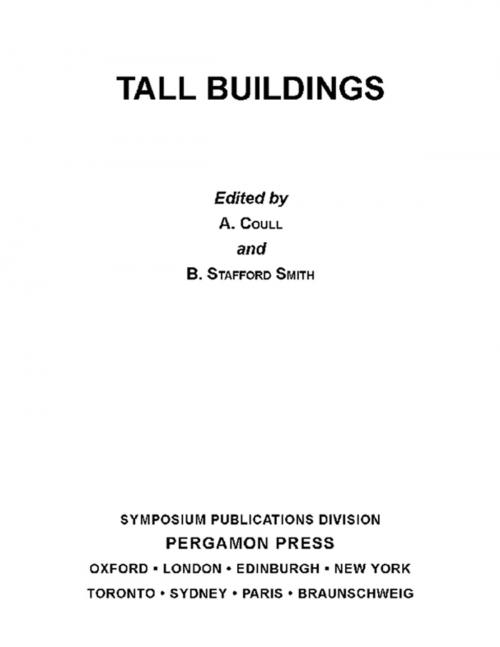Tall Buildings
The Proceedings of a Symposium on Tall Buildings with Particular Reference to Shear Wall Structures, Held in the Department of Civil Engineering, University of Southampton, April 1966
Nonfiction, Art & Architecture, Architecture, Design & Drafting, Public, Commercial, or Industrial Buildings| Author: | ISBN: | 9781483180960 | |
| Publisher: | Elsevier Science | Publication: | June 28, 2014 |
| Imprint: | Pergamon | Language: | English |
| Author: | |
| ISBN: | 9781483180960 |
| Publisher: | Elsevier Science |
| Publication: | June 28, 2014 |
| Imprint: | Pergamon |
| Language: | English |
Tall Buildings provides information and research on tall buildings. This book presents the advances in structural analysis, in methods of design, in methods of construction, and in the properties of materials.
Organized into three sections encompassing 27 chapters, this book begins with an overview of the important features of the interaction of a tall building with the wind. This text then examines the reasons for requiring a more rational and refined approach to the wind loading of tall buildings. Other chapters consider the different solutions to the layout of plans for offices and flats using shear walls. This book discusses as well the comparisons made in respect of construction, design, and economy. The final chapter deals with the increase in the number of tall buildings, for both residential and commercial purposes, under construction throughout the world.
This book is a valuable resource for civil, structural, consulting, and research engineers.
Tall Buildings provides information and research on tall buildings. This book presents the advances in structural analysis, in methods of design, in methods of construction, and in the properties of materials.
Organized into three sections encompassing 27 chapters, this book begins with an overview of the important features of the interaction of a tall building with the wind. This text then examines the reasons for requiring a more rational and refined approach to the wind loading of tall buildings. Other chapters consider the different solutions to the layout of plans for offices and flats using shear walls. This book discusses as well the comparisons made in respect of construction, design, and economy. The final chapter deals with the increase in the number of tall buildings, for both residential and commercial purposes, under construction throughout the world.
This book is a valuable resource for civil, structural, consulting, and research engineers.















